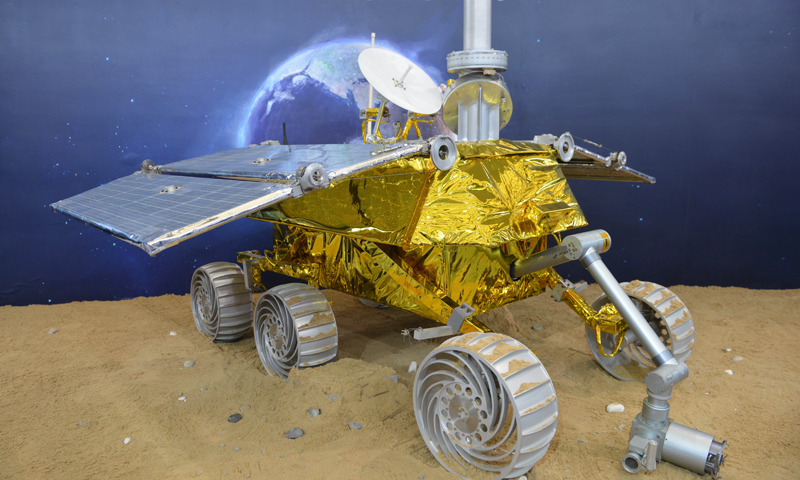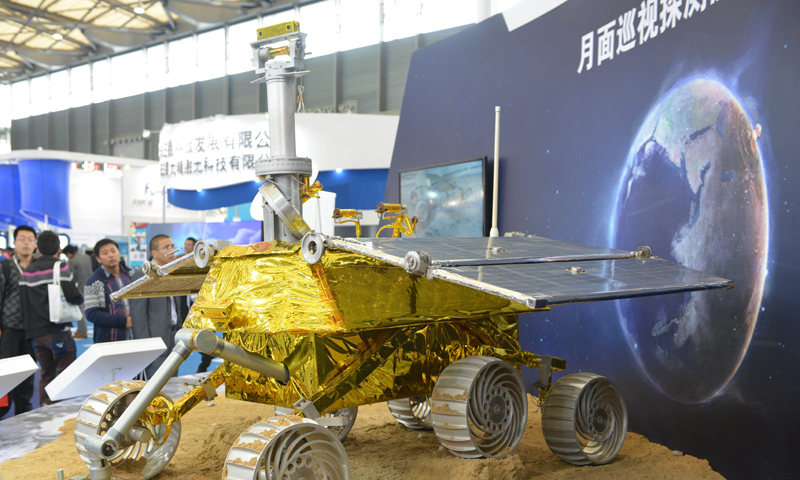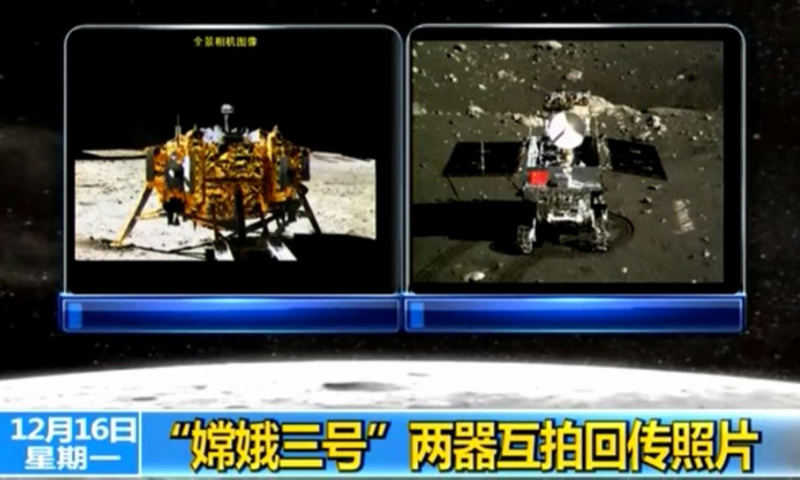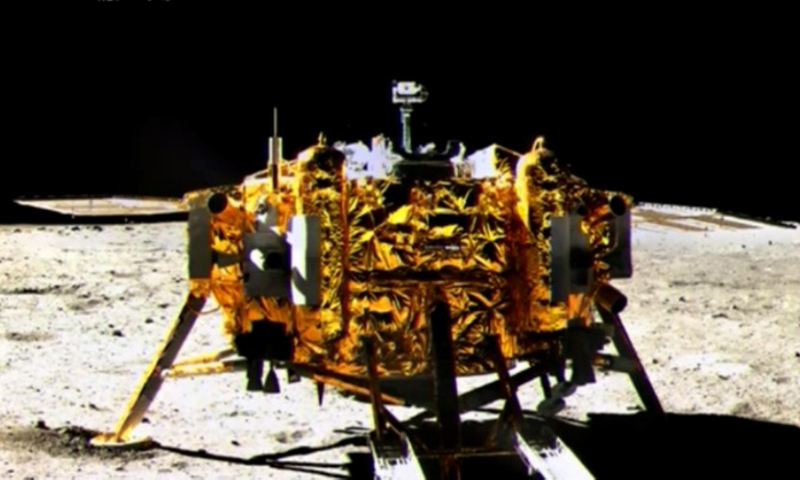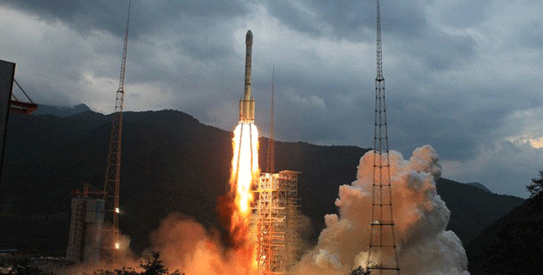BEIJING, Dec 15: China’s Jade Rabbit lunar rover vehicle drove onto the moon’s surface on Sunday after the first soft landing on Earth’s satellite in nearly four decades, marking a huge advance in the country’s ambitious space programme.
The Yutu, or Jade Rabbit, was deployed at 4:35am (2035 GMT Saturday), several hours after the Chang’e-3 probe landed on the moon, according to official news agency Xinhua.
China is the third country to complete a lunar rover mission after the United States and the former Soviet Union – a decade after it first sent an astronaut into space, and ahead of plans to establish a permanent space station by 2020 and eventually send a human to the moon.
The mission is seen as a symbol of China’s rising global stature and technological advancement, as well as the Communist Party’s success in reversing the fortunes of the once-impoverished nation.
The potential to extract the moon’s resources has been touted as a key reason behind Beijing’s space programme, with the moon believed to hold uranium, titanium, and other mineral resources, as well as offering the possibility of solar power generation.
“Chang’e-3 has successfully carried out a soft landing on the moon. This makes China the world’s third nation to achieve a lunar soft landing,” the Chinese Academy of Sciences said in an online post on the mission’s official page on Sina Weibo, a Chinese Twitter equivalent.
The landing, nearly two weeks after blast-off, was the first of its kind since the former Soviet Union’s mission in 1976.
State broadcaster China Central Television (CCTV) featured extensive coverage of the mission and China’s wider space ambitions.
The China Daily newspaper, under the headline “Touchdown”, said the rover mission realised “China’s long-cherished dream” of reaching the moon.
“China wants to go to the moon for geostrategic reasons and domestic legitimacy,” said China space expert Joan Johnson-Freese, a professor of national security affairs at the US Naval War College in Newport, Rhode Island.
“With the US exploration moribund at best, that opens a window for China to be perceived as the global technology leader – though the US still has more, and more advanced, assets in space.”
On its micro-blogging account, the state-run Xinhua news agency tweeted an image, apparently taken from the probe, showing the rover leaving tracks in the dust behind it as it rolled away.
A Xinhua editorial cited President Xi Jinping’s slogan for Chinese advancement, saying that the lunar bid “once again lights up the China Dream”.
The probe touched down on a 400km wide plain known in Latin as Sinus Iridum, or the Bay of Rainbows.
Before landing on the lunar surface, the probe slowed down from a speed of 1,700 metres per second and then hovered for about 20 seconds, using sensors and 3D imaging to identify a flat area.
Thrusters were then deployed 100 metres (330 feet) from the lunar surface to gently guide the craft into position. The landing process started at 9pm on Saturday and lasted for about 12 minutes.
Four minutes after landing, the Chang’e-3 unfolded solar panels that will provide energy to the lander and rover, the China Daily reported.
The landing had been considered the most difficult part of the mission.
The rover will spend about three months exploring the moon’s surface and looking for natural resources.
It can climb slopes of up to 30 degrees and travel at 200 metres per hour, according to the Shanghai Aerospace Systems Engineering Research Institute.
The Chang’e-3 mission is named after the goddess of the moon in Chinese mythology, and the rover vehicle is called Yutu after her pet. Yutu’s name was chosen in an online poll of 3.4 million voters.—AFP

